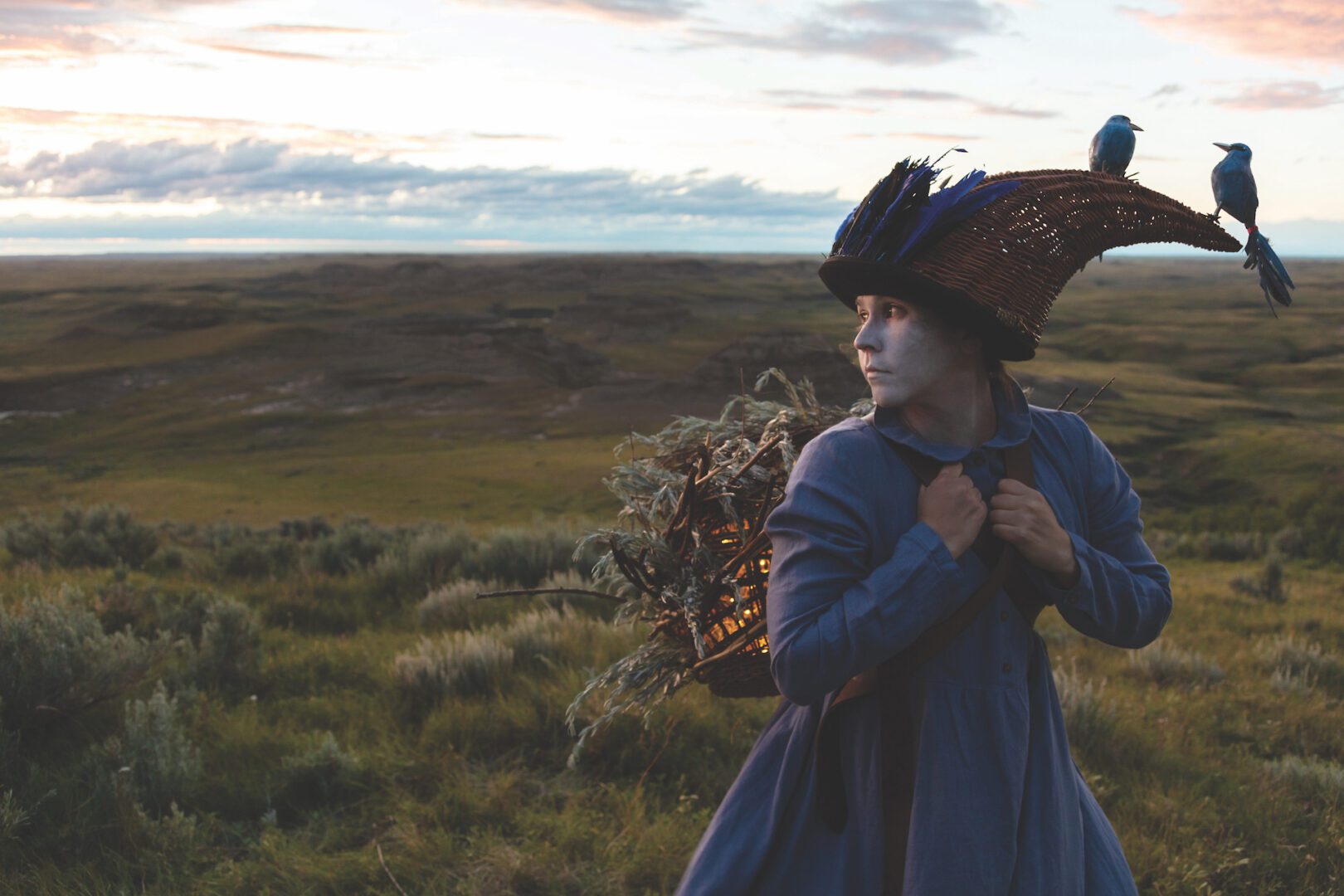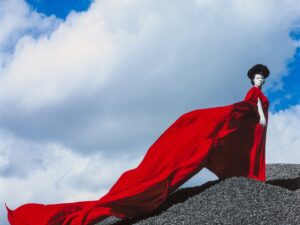“Rather than not be Mistress of a World, since Fortune and the Fates would give me none, I have made One of my own.” These lines come from The Blazing World, a book written by author and philosopher Margaret Cavendish (b. 1642) in 1666. The story follows a young woman who becomes ruler of a world she finds through the North Pole. It’s incredible that the desire to conjure new worlds with our imagination can be traced back over 350 years to today, where we’re surrounded by all kinds of fictional entertainment that promise to whisk us away. Whilst ideas of finding and conquering faraway lands brings to mind the violence of colonialism, the imaginative practice can be quite different. It’s often a chance to envision the lives we’d lead in a better world. What is this place like? Answers will vary from person to person, but, for many, it involves being free from oppression. Being able to imagine something better is one step towards building the reality we want to live in. In the words of Ytasha Womak, the author of Afrofuturism (2013): “The audacity of hope, the bold declaration to believe and clarity of vision for a better life and world are the seeds of personal growth, revolutionised societies and life-changing technologies. Desire, hope and imagination are the cornerstones of social change and the first targets for those who fight against it.”

The National Museum of Women in the Arts explores this concept in its exhibition New Worlds: Women to Watch 2024, the largest edition of its longstanding series for emerging artists. Here, 28 visionaries are united by their desire to imagine alternate realities through art. The Women to Watch series is on display every three years and is formed by curatorial committees around the world who select ground-breaking artists to exhibit at the museum. This year’s pieces inspire viewers to envision a different future. It’s a showcase of a variety of perspectives that cross cultures, geographies and media. Many of these artists are responding to seismic events over the past few years – from the Covid-19 pandemic to infringes upon human rights to the worsening climate crisis – and are using art as a way to not only address these realities but assess what we can do to move forward and build the future we would all be happy to live in.
Ana María Hernando (b. 1959) invites us to reconsider notions of power by challenging our pre-existing ideas of femininity as weak. The Argentinean multidisciplinary artist, based across Denver, New York and Buenos Aires, is known for beautiful site-specific installations. Textiles are an important part of her practice, and this comes to the fore in her piece at the National Museum of Women in the Arts, titled: Nadar en el diluvio de aguas caldas (To Swim in the Deluge of Warm Waters), (2024). Orange and pink tulle cascade out of a square of tightly gathered fabric attached to the white wall. Hernando states: “These sculptures are about power. Often power seems like it can only be found in hard materials, in stringent, strict forms. I want to reclaim the idea of what power can look like, and to show that it can also be found in this seemingly soft tulle. This is why the scale, and the layering, of these pieces is so important to me.”

A desire to challenge viewers’ perceptions also plays an important role in the work of Molly Vaughan (b. 1977), who seeks to increase visibility of the gender nonconforming community. The Washington-based artist began the ongoing series Project 42 in 2012. The name refers to the short life expectancy of transgender people in the USA and Vaughan uses art to draw attention to transphobic violence. Each project centres on a person who was murdered. Vaughan honours their memory by creating a patterned fabric related to the location where they were attacked. Then she gives the victim’s name, background information and commemorative garment to collaborators – ranging from professional artists to volunteers – who share a performance of everyday experiences stolen from the deceased person. It’s a way of returning humanity to individuals who have had this stripped away by the people behind such acts of violence, as well as the subsequent police and media investigators who further disrespect their identity and history. Vaughan advocates for a world where all transgender people can live full and happy lives.
Elsewhere in the show, we see the otherworldly self-portraits of Meryl McMaster (b. 1988). The lens-based artist is of nêhiyaw (Plains Cree), Métis, British and Dutch descent and creates pieces that inspire viewers to contemplate ideas of the self in relation to culture, history, land, lineage and the more-than-human world. The series As Immense as the Sky (2019) started with McMaster’s awareness of two distinct approaches to time: a western tradition that sees it as a linear path extending in both directions from the present and an Indigenous one, where the concept is recurrent and cyclical. She sought the wisdom of her Elders, friends and relatives who had walked the Earth before her in order to think about this further and the project continues this by tracing and documenting the footsteps of her ancestors. The resulting photographs show McMaster across sites that were significant to her forbears. She states: “I came to see these landscapes as immense time capsules of buried knowledge. As Immense as the Sky is about walking these ancient paths, experiencing the diversity of Panoramas and learning about my ancestors’ wisdom.”

Hernando, McMaster and Vaughan’s projects are only some of the vastly different approaches, subject matters and media on view at New Worlds: Women to Watch. Each contributes to what is a truly sweeping group show that brings together a huge variety of important perspectives. Together, these artists reimagine the past, present alternate realities and inspire audiences to create a better future.
National Museum of Women in the Arts, New Worlds: Women to Watch 2024 | Until 11 August
Image Credits:
- Meryl McMaster, Lead Me to Places I Could Never Find on My Own I, from the series “As Immense as the Sky,” 2019; Digital C-print, 40 x 60 in.; Courtesy of the artist, Stephen Bulger Gallery, and Pierre-François Ouellette art contemporain; © Meryl McMaster.
- Ana María Hernando, We Cannot Weep without Vibrating the Waters, 2022; Tulle, metal lattice, wood, and felt, 134 x 204 x 90 in.; Courtesy of the artist and Robischon Gallery, Denver; Photo by Wes Magyar.
- Molly Vaughan, Project 42: Gwen Amber Rose Araju, Newark, CA, 2021; Inkjet- and silkscreen-printed fabrics, garment 34 ½ x 14 in., headdress approx. 20 x 16 in., Courtesy of the artist; Photo by Hunter Stroud, Bainbridge Island Museum of Art.
- Meryl McMaster, Lead Me to Places I Could Never Find on My Own I, from the series “As Immense as the Sky,” 2019; Digital C-print, 40 x 60 in.; Courtesy of the artist, Stephen Bulger Gallery, and Pierre-François Ouellette art contemporain; © Meryl McMaster.




